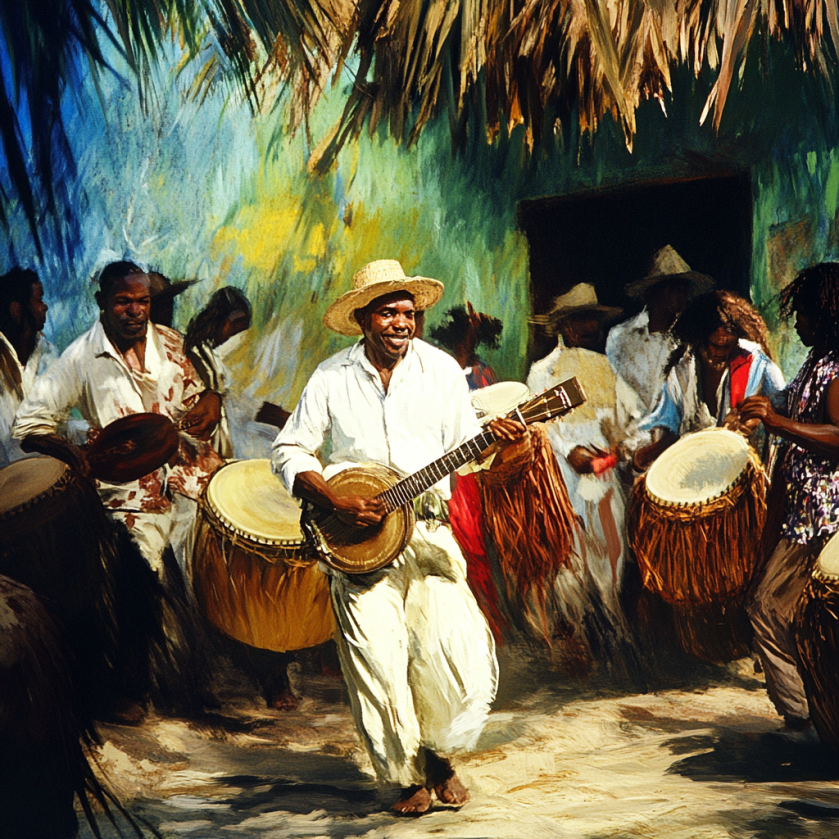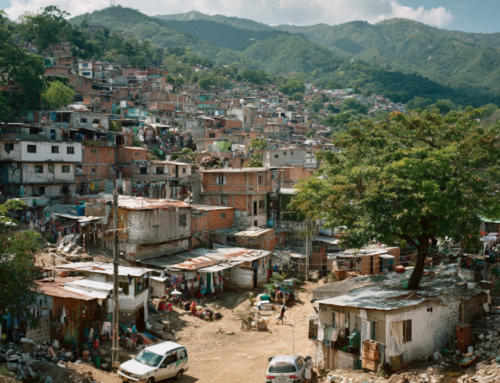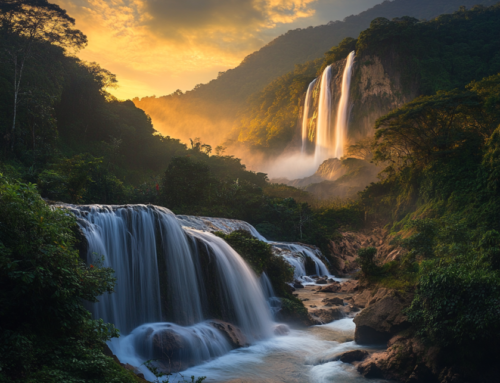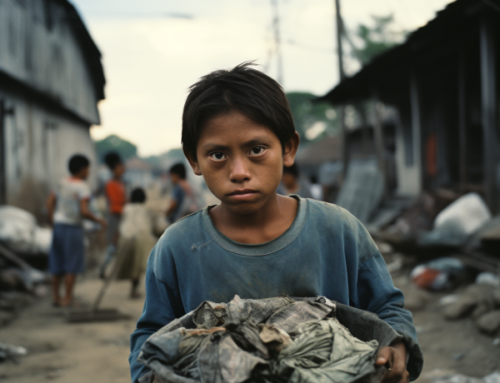Discovering These Amazing Honduran People With Mike Savage
The Garifuna people represent one of the most vibrant and resilient Afro-Indigenous cultures in the world. With deep roots in both Africa and the Americas, the Garifuna have preserved a unique identity defined by language, music, spirituality, and strong community values.
We recently discussed the varied indigenous communities of Honduras. Today we want to focus on one specific one and see why they are so important to the past, present and future of my wife’s native country.
Today, they are a vital thread in the cultural fabric of Central America—particularly Honduras- where their contributions to national identity, art, and society remain profound.
As co-founder of the Savage-Rivera Foundation to help impoverished families and children in Honduras, diving into that country’s rich culture and understanding its people has become a passion project.
Who Are the Garifuna?
The Garifuna people descend from a fusion of West African, Arawak, and Carib ancestry. Their origins trace back to the island of St. Vincent (known to them as Yurumein) in the Caribbean, where African captives who survived shipwrecks in the 17th century integrated with local Indigenous communities.
Over time, they developed a distinct language, set of traditions, and way of life that blended African and Indigenous elements.
Following a prolonged resistance against British colonizers, the Garifuna were forcibly exiled by the British in 1797 to the island of Roatán, off the coast of Honduras. From there, they migrated to mainland Honduras, Belize, Guatemala, and Nicaragua, where they established thriving communities.
“We are not lost. We are here. We are dancing still.”
— Garifuna Proverb
Garifuna Language: A Living Legacy
The Garifuna language is a unique blend of Arawak, Carib, French, English, and Spanish influences. It is part of the Arawakan language family and is known for its gender-based lexical distinctions—some words differ depending on whether the speaker is male or female.
In 2001, UNESCO declared the Garifuna language, music, and dance as a Masterpiece of the Oral and Intangible Heritage of Humanity, recognizing its endangered status and cultural significance. Preservation efforts are now underway to ensure the language continues to be passed down through generations.
Music and Dance: Heartbeat of the Culture
“Our ancestors speak through the drum. When we dance, we remember.”
— Garifuna saying
Garifuna music and dance are central to their identity. Their rhythms are driven by traditional drums like the primero and segunda, and music often features call-and-response singing, maracas, and turtle shells as percussion.
Punta, the most recognized Garifuna dance and musical style, is fast-paced and energetic, symbolizing both joy and resistance. Other traditional forms include paranda (a guitar-based folk genre), hungu hungu, and abaimahani (ritual songs).
These art forms are more than entertainment—they serve spiritual, social, and historical functions, passing on stories, honoring ancestors, and celebrating life milestones.
Spirituality and Beliefs
Garifuna spirituality is a rich syncretism of Catholicism and ancestral worship. Central to their belief system is Dügü, a sacred ceremony that communicates with ancestors to seek healing and guidance for the living. Drumming, singing, and offerings mark this profound ritual, which can last several days.
The Garifuna view life as a continuum, where the living, the dead, and the unborn are interconnected. This worldview fosters a deep respect for tradition and community.
Garifuna Contributions to Honduran Society
Despite centuries of marginalization, the Garifuna community has made remarkable contributions to Honduran society in the following areas:
- Cultural Preservation: The Garifuna have kept their language, cuisine (like hudut, cassava bread, and tapado), and traditions alive despite external pressures.
- Tourism and Heritage: Towns like Tela, Trujillo, and La Ceiba have become cultural destinations, attracting visitors with Garifuna festivals, dance, and culinary experiences.
- Education and Activism: Garifuna leaders have been at the forefront of human rights advocacy, land protection, and the fight for Afro-Indigenous representation in politics and public life.
Influential Garifuna Figures
Several Garifuna individuals have risen to prominence, influencing not only Honduras but the wider world:
Dr. Luther Castillo Harry
A renowned Garifuna physician and activist from Honduras, Dr. Castillo founded the First Garifuna Hospital in the village of Ciriboya, providing free healthcare services to underserved coastal communities. He is internationally recognized for championing Indigenous healthcare access.
Andy Palacio (Belize)
Though from Belize, Andy Palacio had an enormous impact across the Garifuna diaspora. A singer, songwriter, and cultural ambassador, he revitalized Garifuna music globally with albums like Watina and brought international attention to Garifuna culture through the arts.
Aurelio Martínez
Aurelio is a Honduran Garifuna musician and politician. He’s one of the most prominent modern voices of Garifuna music, known for blending traditional sounds with contemporary styles. He also served in the Honduran National Congress, advocating for Indigenous rights.
Miriam Miranda
A fearless leader of the Garifuna organization OFRANEH (Black Fraternal Organization of Honduras), Miriam Miranda fights for land rights, environmental justice, and protection of the Garifuna people against displacement and violence.
Challenges and the Road Ahead
The Garifuna face numerous challenges: land dispossession, cultural assimilation, lack of government support, and threats from tourism expansion and narcotrafficking in coastal areas. Yet, they continue to organize, educate, and resist—preserving their heritage through grassroots movements, schools, and global cultural outreach.
Supporting Garifuna cultural preservation efforts—through education, tourism, policy advocacy, and media representation—is vital for ensuring that future generations can celebrate and live their heritage with pride and security.
Education, in particular, is also important in helping overcome poverty in Honduras.
***
The Garifuna people stand as a testament to the strength of cultural fusion, resistance, and identity. From the shores of St. Vincent to the coastlines of Honduras, their story is one of survival, joy, and extraordinary cultural richness.
Celebrating and safeguarding Garifuna culture isn’t just about honoring the past—it’s about investing in a future where Indigenous and Afro-descendant communities can thrive.
ABOUT MIKE SAVAGE
Michael Savage of New Canaan, CT is the Founder of 1-800Accountant that helps businesses with their accounting services and needs through cutting-edge technology and customer support. He runs the company alongside CEO Brendon Pack.
In his spare time, Savage enjoys creating unique koi ponds, collecting Michael Jordan sneakers, vintage Lego sets, and admiring muscle cars and unique pop art. He and his wife also spearhead the Savage-Rivera foundation to help impoverished families in Honduras.




